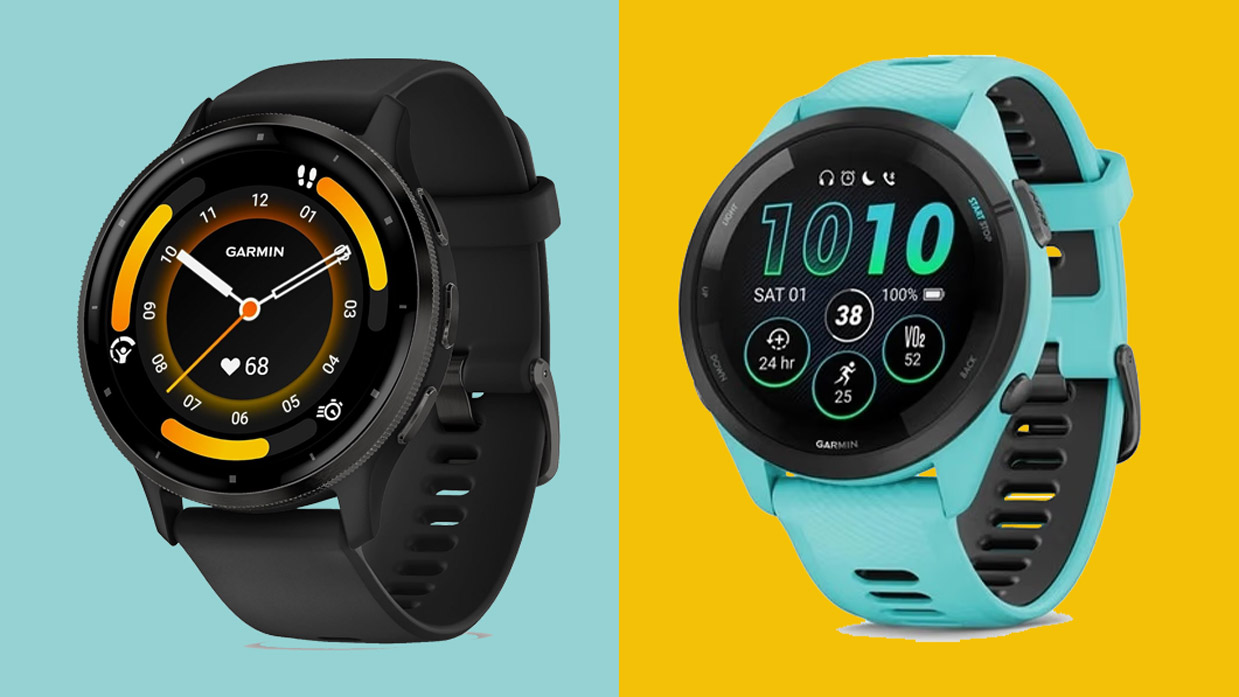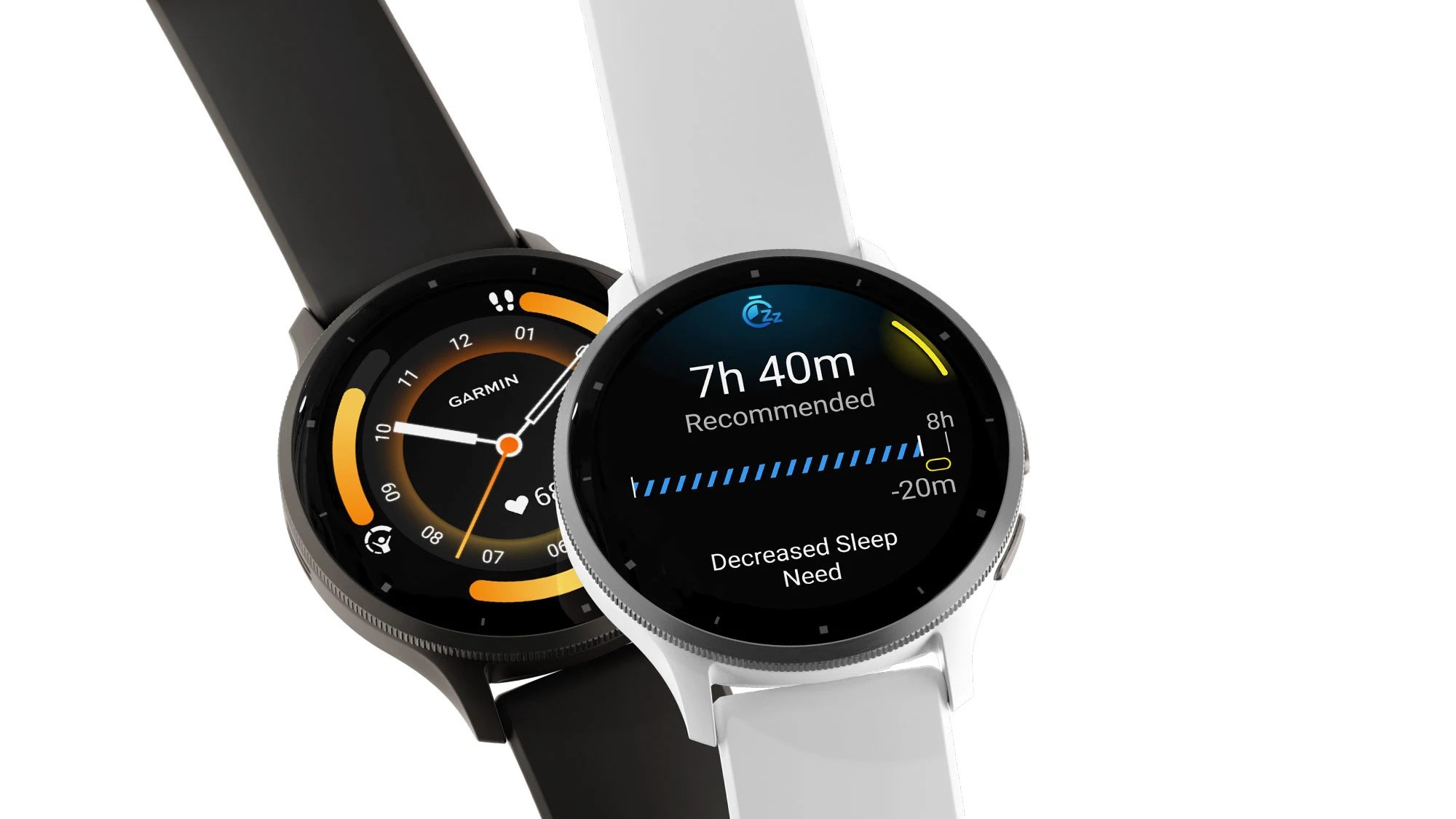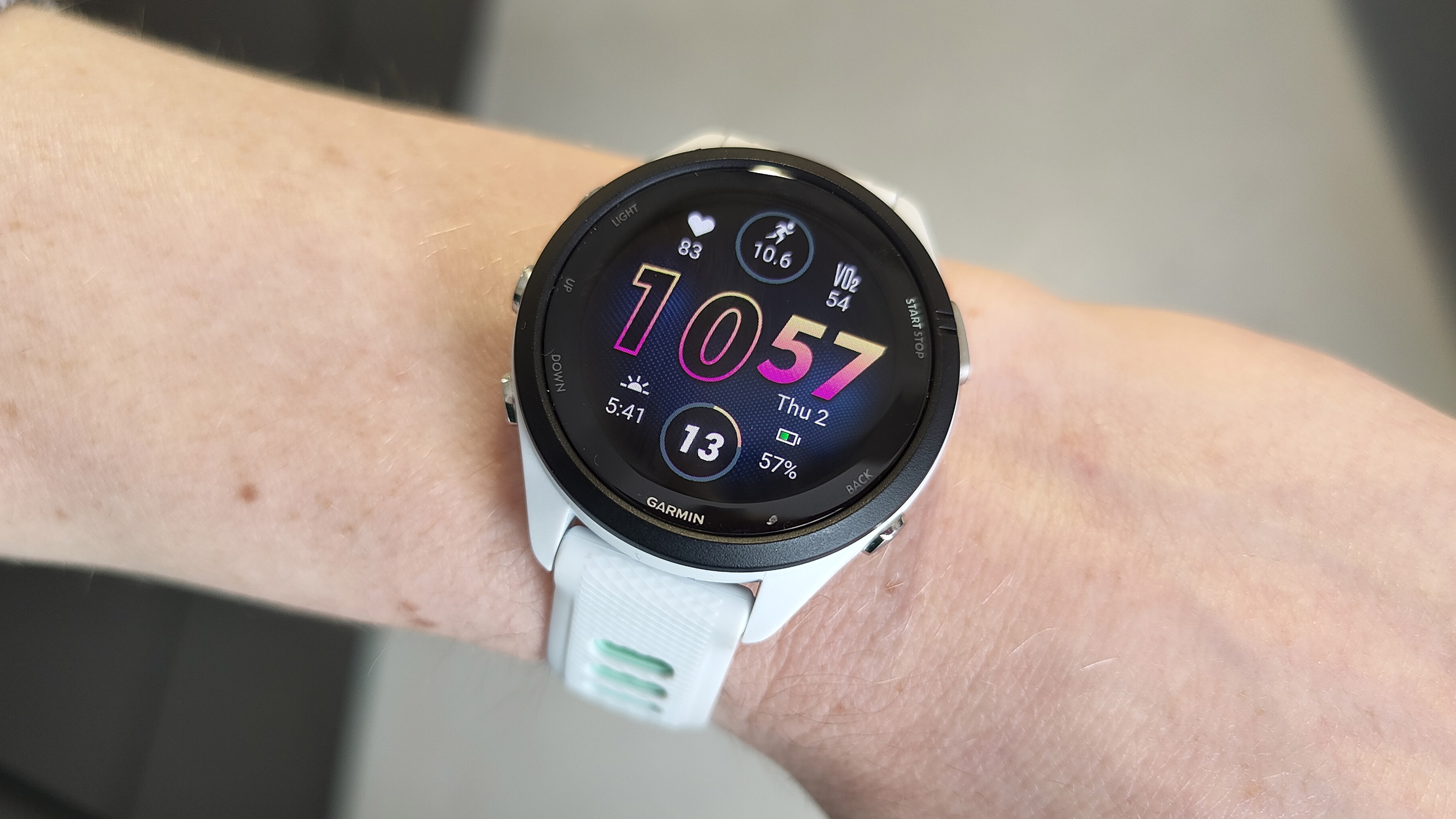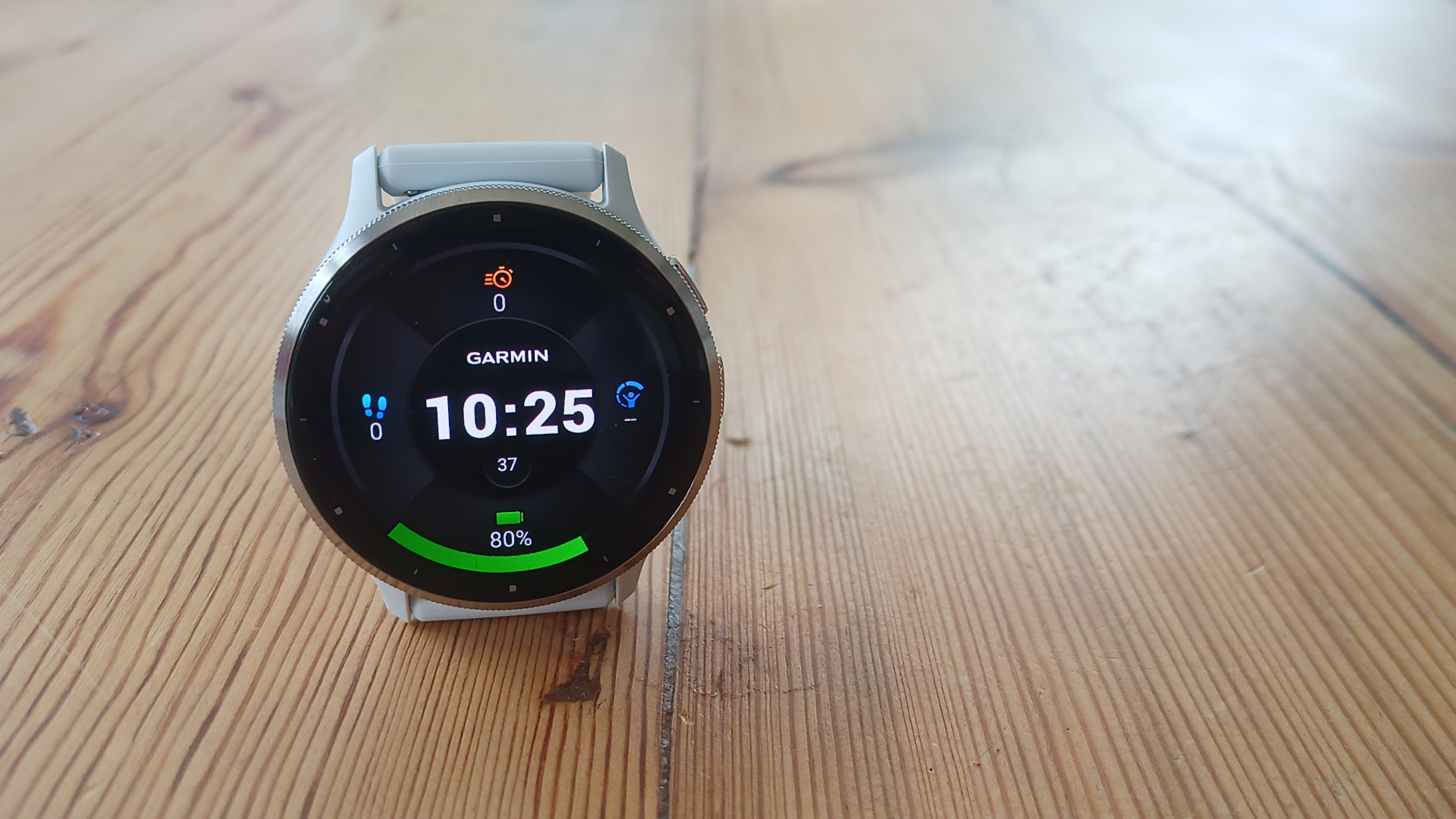
When considering which fitness watch to buy, out of the Garmin Forerunner 265 vs Garmin Venu 3 there can be only one that makes it onto your precious wrist space and this guide aims to help you find the ideal option.
It's worth noting the Garmin Forerunner 265 and Garmin Venu 3 have earned spots in our best running watch and best Garmin watch guides. But with one – the 265 – built with more focus on sports and exercise, and the other – Venu 3 – created as a lifestyle support device, their features are quite varied.
Sure, at the core of these devices is the Garmin hardware, that Garmin operating system, and apps, plus those stand-out batteries. Yet, on closer inspection how all that is put into use across these two wearables is quite different.
Garmin Forerunner 265 vs Garmin Venu 3
Garmin Forerunner 265 vs Garmin Venu 3: Specifications
Garmin Forerunner 265 vs Garmin Venu 3: Price

Right from launch the Garmin Forerunner 265 has been at a decent, if slightly high, price level for the amount of specs you get from this device. It starts at £429.99 / $449.99 / AU$770. The smaller 265S edition is priced the same.
The more premium, larger, steel-toting Garmin Venu 3 is only slightly more pricey and starts at £450 / $450 / AU$749. There are more color options available here but you can expect the prices to vary a little depending on which you go for.
In both cases, you can expect to get some good deals in the sales, especially from our Black Friday Garmin deals.
- Winner: Garmin Forerunner 265
Garmin Forerunner 265 vs Garmin Venu 3: Features

In our Garmin Forerunner 265 review you'll see that it got a respectable four and a half stars and the Garmin Venu 3 also achieved four and a half stars. But it's worth noting the price differences mentioned above, if slight, and taking the time to think about what you'll actually use before deciding how much damage this needs to do to your wallet.
The stand-out visual difference here is in the build quality of the Venu 3 with that attractive stainless steel bezel making it stand out. The Venu 3 offers a larger eye-popping 1.4-inch OLED with 454 x 454 resolution. While the Garmin Forerunner 265 is the first in this range to give a touchscreen and OLED, it's slightly smaller at 1.3 inches and so has a lower 416 x 416 resolution. All that means that they look almost identical on screen and both offer the superb colors and long battery life an OLED delivers.
So in screen terms, they sound the same. But it's worth noting that the OLED on the Venu 3 makes for more possibilities for app functionality since this is more of a lifestyle watch with a greater range of visual features. For example, using the Ring Video Doorbell Plus, you can actually see a preview of who is at your door when using the Venu 3. While the Forerunner range might get this in an update, it's currently reserved for the Venu 3 owners only. But, of course, that's where these two differ greatly – while the Venu 3 is more about lifestyle, the 265 is focused on fitness.
When it comes to sports, both watches are very capable, tracking a wide range including running, cycling, swimming, golf, paddle boarding, pilates, and more. The Venu 3 offers more specific yoga and meditation training though, since it also packs in a speaker. Yup, this will let you follow on-screen yoga and meditation guidance while listening without headphones needed. You can also take calls on this device without reaching for your phone thanks to a built-in microphone.
The Forerunner 265 does offer some more specific training metrics though, with a focus on running. While both will use largely the same GPS and heart rate tracking tech, the 265 offers a deeper analysis of that data. You have running dynamics, pulse oxygen data, training status/effort/load, and recovery time, to name a few. All that means the Forerunner will help you get fitter and faster, whereas the Venu 3 is more about overall health and lifestyle management.
- Winner: Garmin Venu 3
Garmin Forerunner 265 vs Garmin Venu 3: Battery life

Despite the Venu 3 being larger, the battery life across devices is impressive. This far outstrips many other manufacturers thanks to the years of experience Garmin has in this area and all while still offering super accurate GPS and some of the best wrist based heart rate monitoring out there.
The Garmin Forerunner 265 offers 13 days in smartwatch mode or 20 hours in GPS mode. Add in all tracking modes plus music playback and this will run out in six hours.
The Garmin Venu 3 offers up to 10 days in smartwatch mode or 21 hours of GPS tracking. Add in music output to headphones while also tracking using GPS and that tops out at around eight hours. This charges very quickly, at about a percentage a minute.
As with all devices, these guidelines will vary in the real world based on how much you use the devices. Since the Venu 3 is likely to be used more, as a smartwatch, you may find their batteries last a similar time. The point, in both cases, is that you will rarely need to worry about battery life: more than a week on a charge without training is a sure thing. So unless you do Ironman triathlons regularly, this will also track several workouts a week without needing to be plugged back in.
For pure GPS tracking, the Venu 3 lasts longer – presumably because there are fewer metrics being recorded than on the Forerunner 265.
- Winner: Garmin Venu 3
Garmin Forerunner 265 vs Garmin Venu 3: Early verdict
When it comes to health and lifestyle tracking the Garmin Venu 3 offers the screen smarts and quality to deliver the best wearable here. It also manages to offer an impressive battery life, wide sports tracking, onboard speakers and microphone, offline Spotify and advanced sleep tracking.
The Garmin Forerunner 265 is a little more affordable and still offers smartphone notifications, that OLED display, Spotify offline, sleep tracking and a long battery life. It also means far more in depth training metrics for running, making it a more adept coaching assistant for those with specific goals in mind.
So unless you're a runner, specifically, the Venu 3 does most of what many sports tracking people could want while offering those extra lifestyle smarts.







